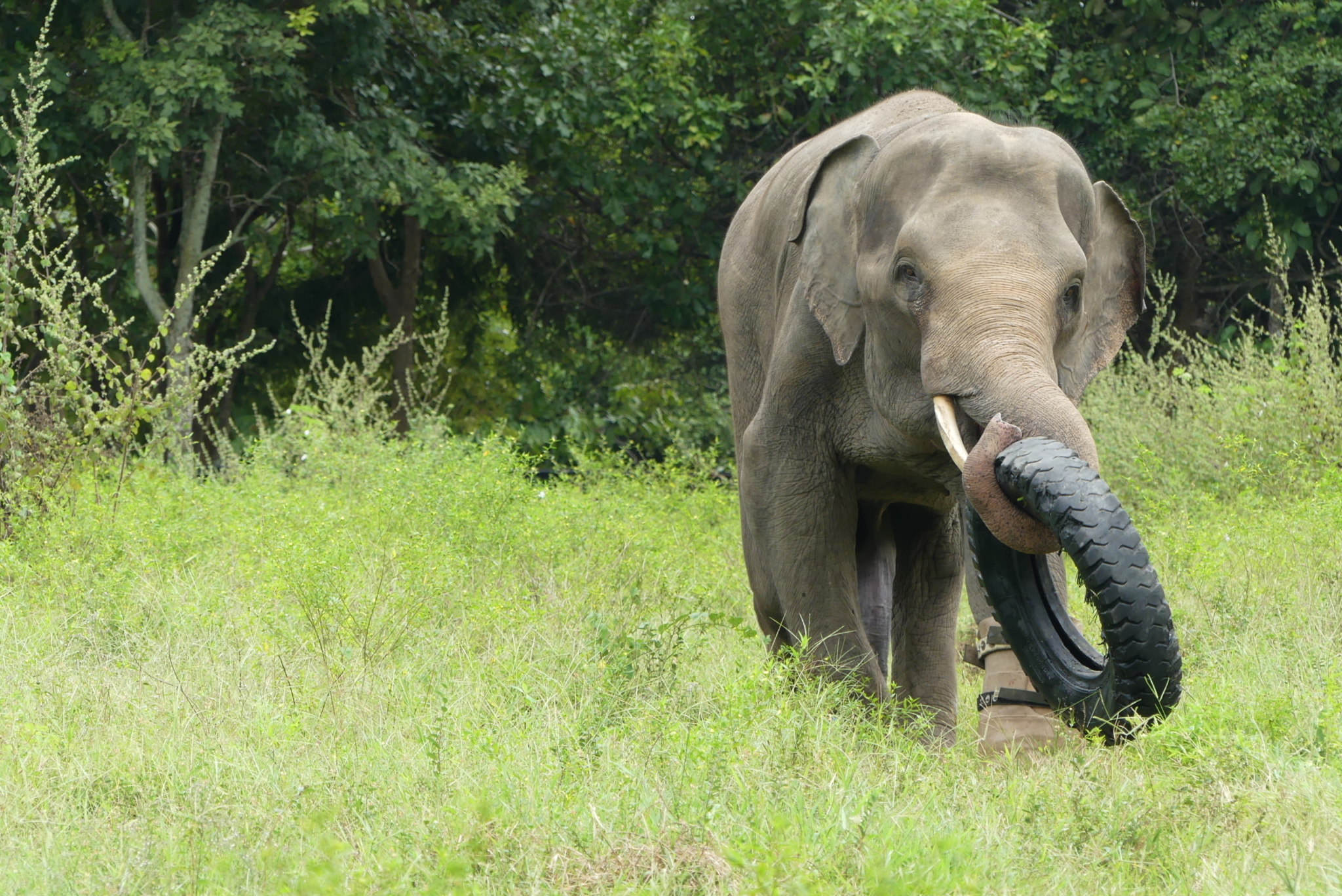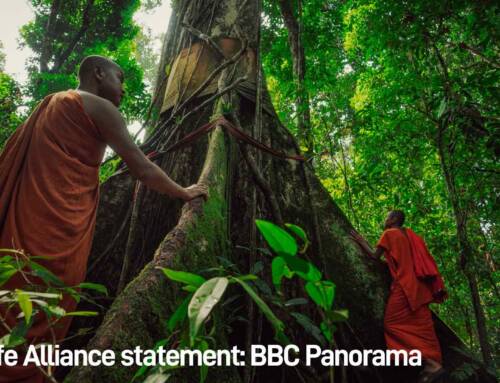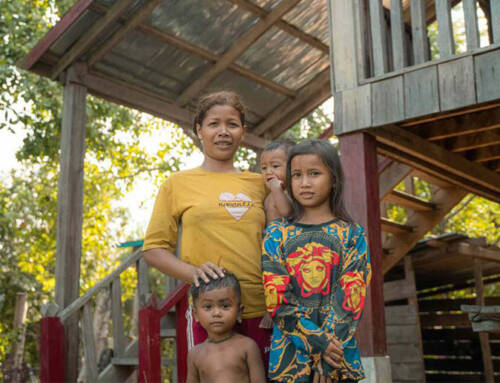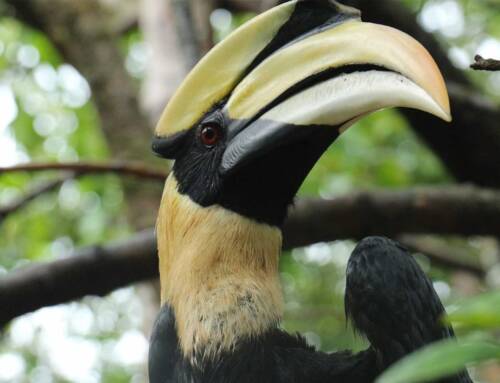Enrichment is defined as ‘the action of improving or enhancing the quality or value of something’ or, in the context of caring for animals, ‘providing species-appropriate challenges, opportunities and stimulation…including the regular provision of dynamic environments, cognitive challenges and social opportunities’. Whilst enrichment that encourages the development of natural behaviours is imperative for any individual who plans to be released back into the wild, it is just as important for those individuals that may be permanently injured and with us for life.
The vast majority of animals rescued from the illegal wildlife trade have lost their behaviours normally learnt from their parents as they are often removed from a young age. Animals may come into our care with stereotyping stress behaviours, even from a young age, due to the conditions under which they were kept. Enrichment is one way we can try to help to counteract these stress behaviours and try to introduce more natural ones.
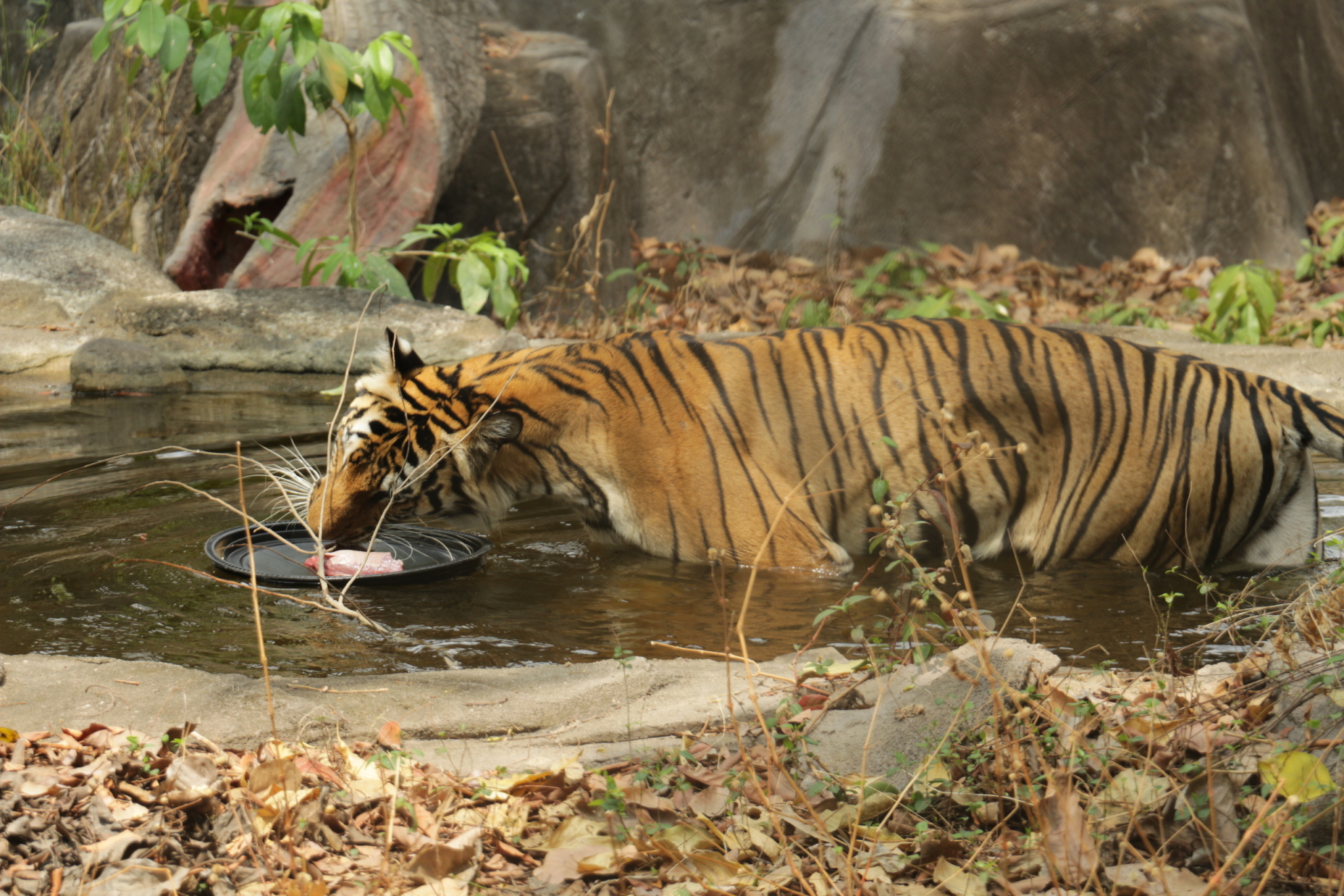
Enrichment involves a lot of trial and error, as well as a lot of research! The ideas are often created from observing the animals in their natural environment, which may be done through photos or video, and then thinking of creative ways to replicate this and the behaviours it encourages. Design, materials, and construction all need to take into consideration the safety of the animal, and also those building it of course. We’re lucky these days with the marvel that is the internet, that information sharing is so accessible and often other zoos and rescues centres are happy to share ideas. Then it’s just a matter of tweaking it to fit with the availability of materials, and often for us, funding. But these realities just add to the creative challenge of seeing what we can make work!
And sometimes things just don’t go to plan..For example, our civet enclosures had been looking a bit sparse and lacking green. Careful consideration and research was required to find some possible solutions. The plants had to be non-toxic to the species, able to grow in limited lighting and suitable for poor soil conditions. After much deliberation and consultation with the staff and a local nursery, a couple of suitable options were purchased for trial. The plants were carefully positioned within the enclosure with the residents keeping a close eye on the action from their sleeping quarters (civets are nocturnal so they didn’t appreciate the daytime disruptions to their slumber!). The staff returned the next day to find the plants total devoid of all vegetation. The civets clearly enjoyed the new additions to the enclosure as a midnight snack…It’s back to the drawing board on this one!
Get access to exclusive behind the scenes rescue centre content!
On Patreon you can pledge as little as a cup of coffee every month in order to support the important work that we do and receive exclusive content straight from our animals at Phnom Tamao Wildlife Rescue Centre (PTWRC), including:
- Videos and stories from the goings-on in our program
- Kids activities
- Nursery updates
…and much more!

